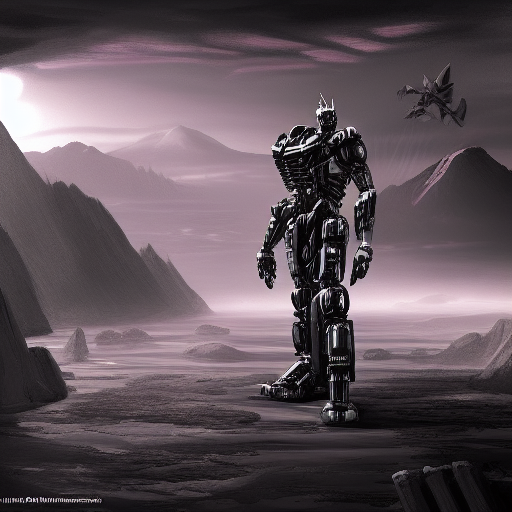
The intent is to capture whether there is a major paradigm shift, on the same order of magnitude of RNNs to Transformers. The market resolves based on the architecture of the SOTA language model. If the architecture is still recognizable as a transformer with modifications, this market resolves as Yes. If the architecture is at least as different from Transformers as Transformers are from RNNs then it resolves No. If the evaluation numbers are ambiguous which architecture is the SOTA due to incomparable evaluations or non Pareto improvement over all evaluations, but one is obviously better overall, then I will use my judgement. If I deem it too close to call, I will resolve this market as Yes, because it indicates that no architecture has clearly surpassed Transformers.
@ampdot Probably not; for a more definite answer you would have to elaborate more on what you have in mind.
